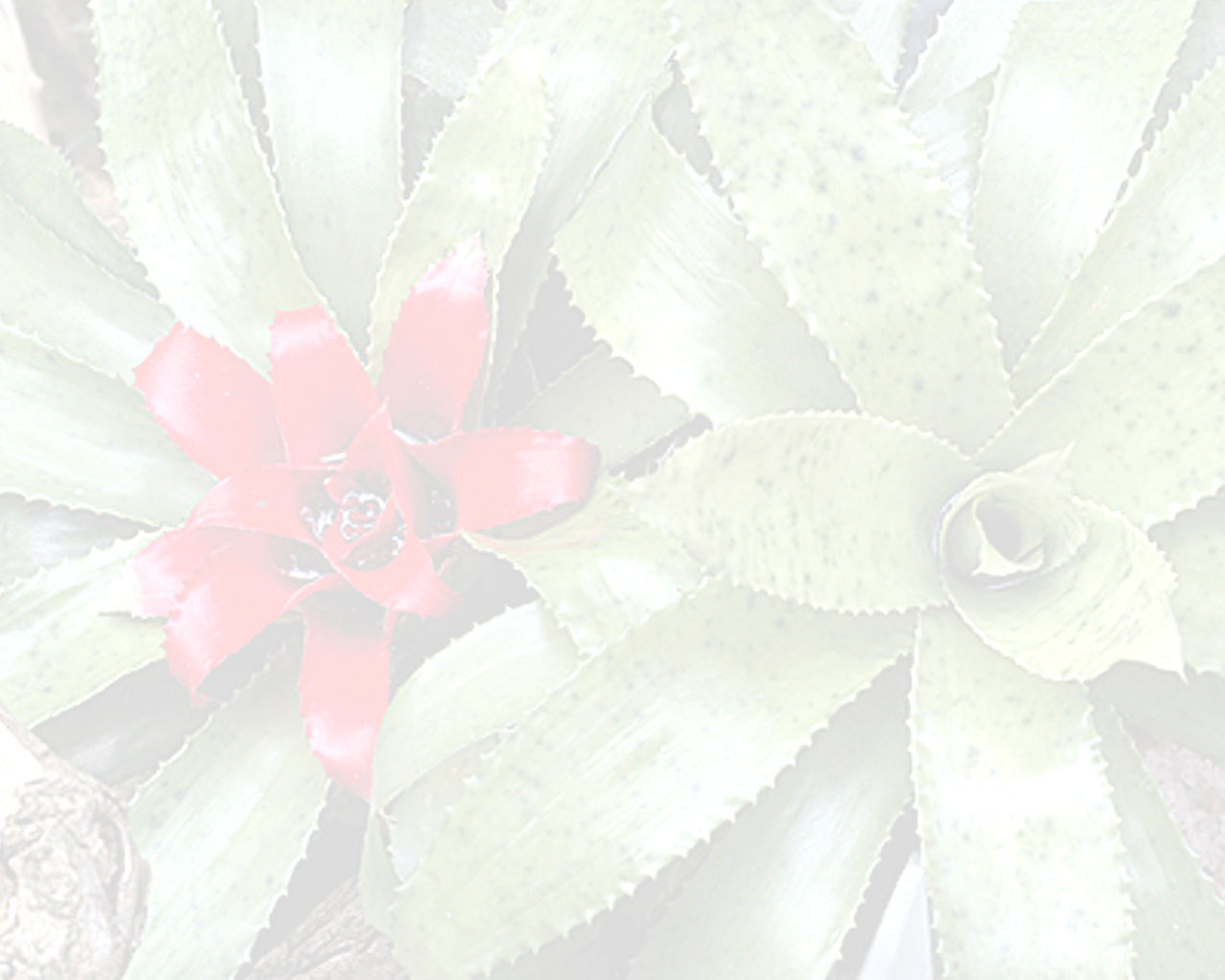


leaves 10–18 in a dense tubular rosette, 30–40 cm long, papyraceous; sheath to 11 cm long, broadly elliptic, entire or toward the apex serrulate, densely brown-lepidote; blade ligulate, broadly acute, much narrowed toward base, 3–4 cm wide, bearing a narrow pale median channel, laxly serrulate with spines 0.5 mm long. inflorescence: peduncle 7–8 cm tall; fertile part few-branched; primary bracts very broadly ovate, acute, the outer ones exceeding the flowers, red, minutely serrulate, glabrous; floral bracts ovate-ellip-tic, obtuse or subacute, equaling the centers of the sepals, 25 mm long, 13 mm wide, subdenticulate, membranaceous. flowers sessile or subsessile; 60–85 mm long; sepals subsymmetric, ovate-lanceolate, acute, 26 mm long, connate for 9 mm, membrana¬ceous, pale green, glabrous; petals obtuse, whitish, highly connate. pistil: ovary 10–13 mm long; 13a; nidutarium pauciflorum var pauciflorum leaf-blades green above, paler beneath; type; ule 4651 (holotype, b; photo, f 11274), nova friburgo, rio de janeiro, brazil, jan 1898; distribution; epiphytic in forest, 500–700 m alt, rio de janeiro, brazil; brazil; rio de janeiro old road below petropolis, 10 apr 1952, l; b; smith & mus r 6498 (us); (guanabara) tijuca, brade 10411 (r); 13b; nidularium pauciflorum var sanguineum ule, ber deutsch; bot; ges; 16 353; 1898. leaves bright red, especially beneath; type; no material cited but probably from the same place, brazil, as the typical variety.Edited from (05-05-2013): Smith & Downs 1977. Tillandsioideae (Bromeliaceae). in Flora Neotropica.